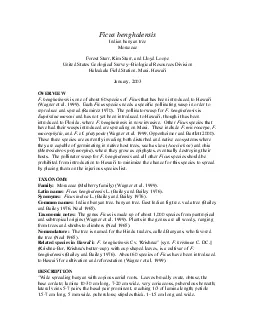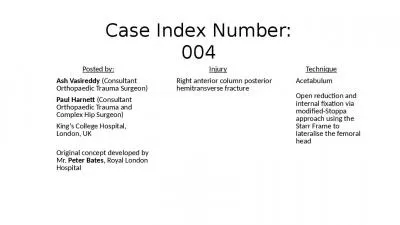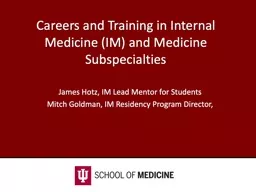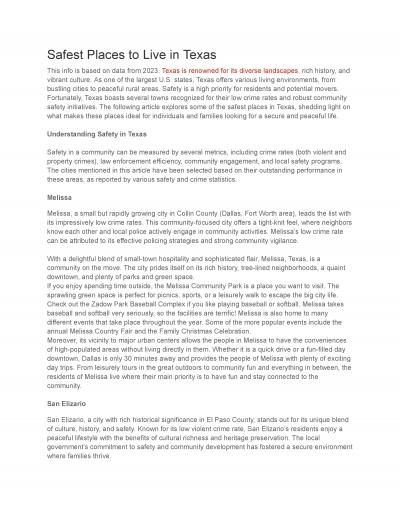PPT-Starr Morning Report Austin Akers, MD Internal Medicine PGY-3
Author : test | Published Date : 2019-11-03
Starr Morning Report Austin Akers MD Internal Medicine PGY3 Patient is a 59 year old previously fit and active male in remarkably good health for his age who has
Presentation Embed Code
Download Presentation
Download Presentation The PPT/PDF document "Starr Morning Report Austin Akers, MD In..." is the property of its rightful owner. Permission is granted to download and print the materials on this website for personal, non-commercial use only, and to display it on your personal computer provided you do not modify the materials and that you retain all copyright notices contained in the materials. By downloading content from our website, you accept the terms of this agreement.
Starr Morning Report Austin Akers, MD Internal Medicine PGY-3: Transcript
Download Rules Of Document
"Starr Morning Report Austin Akers, MD Internal Medicine PGY-3"The content belongs to its owner. You may download and print it for personal use, without modification, and keep all copyright notices. By downloading, you agree to these terms.
Related Documents














